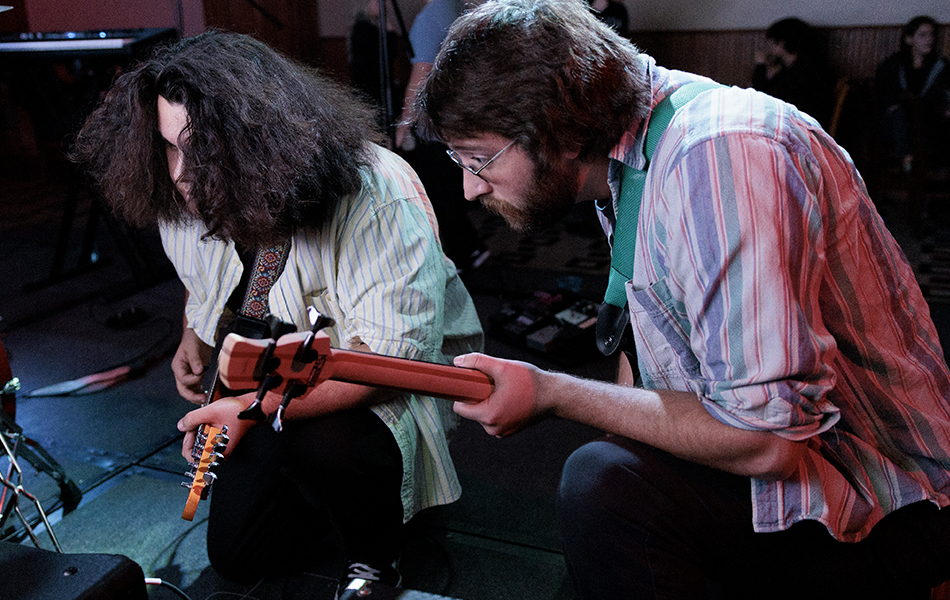Tagged Under:
Phantom Power
Tips for the live sound engineer.
All Yamaha mixers offer “phantom power” on some if not all the balanced inputs. Some more high-end models allow you to switch the phantom on and off per channel, while the less costly models offer a switch for multiple channels all at once — but either will provide the same result.
What is Phantom Power and Why Do I Need It?
Phantom power goes way back to the early rotary dial telephones. It was adopted for use in the professional audio world in the 1960s. Eventually, more and more microphone manufacturers started to offer condenser style microphones — ones that have circuits inside them to amplify the weak signal. Providing the power at the mixer eliminated the need for external power supplies, and in some cases, batteries in the microphones themselves. This makes for a more reliable audio system. The standard is 48V, but some manufacturers use lower voltages (24V or even 12V) to save costs.
Careful with That Switch!
Two cautions: One, don’t ever apply phantom power to anything other than condenser microphones, or damage to the mic or device may result.
Second, as with any connect/disconnect, phantom power switching should always be done with the system powered down, or at least with the channel turned down or muted. That’s because plugging and unplugging a “hot input” (one that is turned on) always results in an audible pop, which at the very least is annoying and at worst might damage a speaker.














